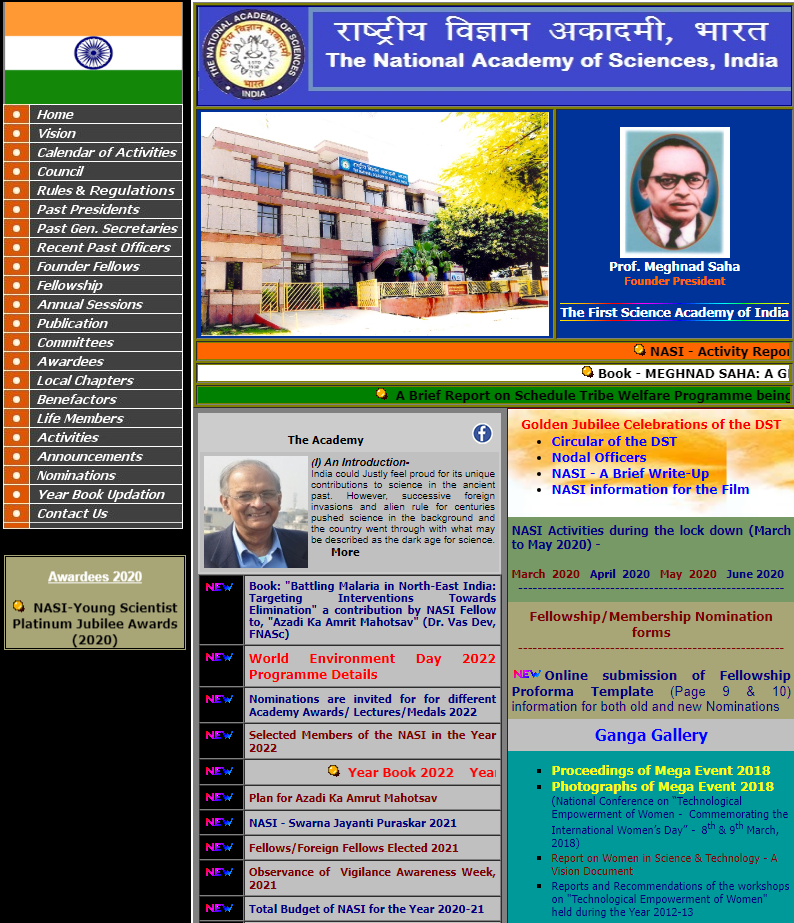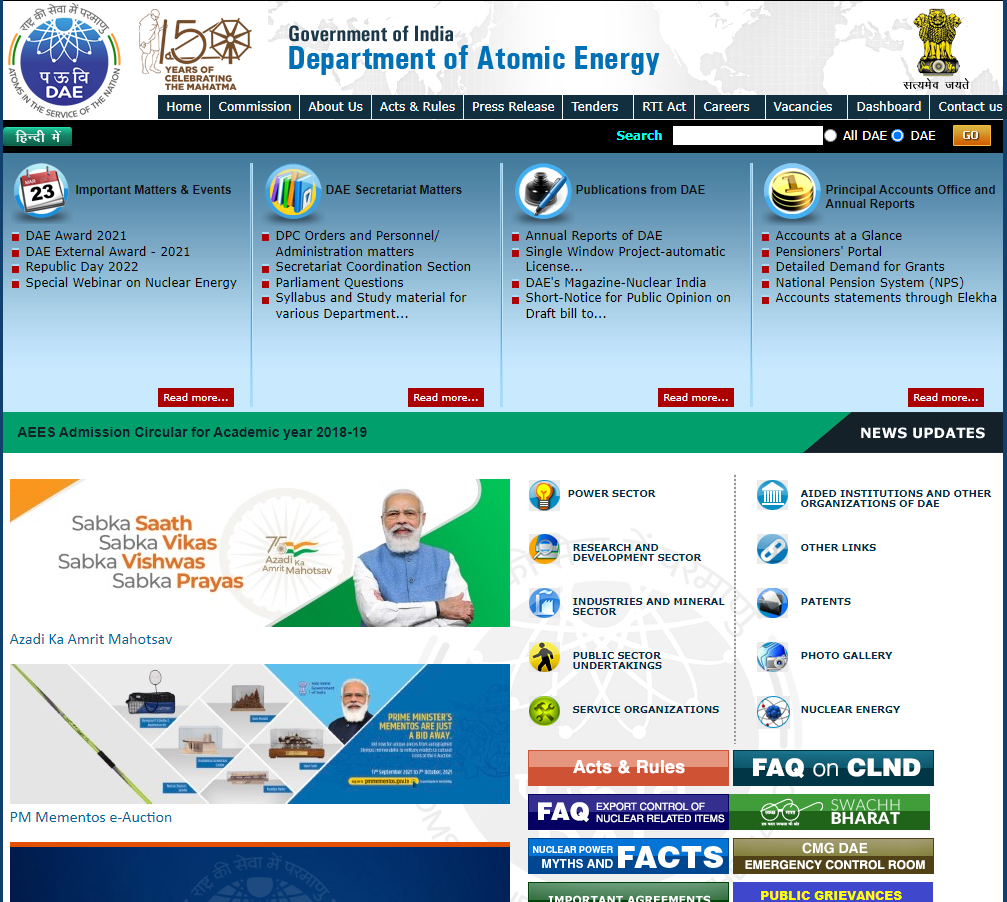The National Academy of Sciences India
India could justly feel proud for its unique contributions to science in the ancient past. However, successive foreign invasions and alien rule for centuries pushed science in the background and the country went through with what may be described as the dark age for science. Western science attracted Indian intelligentsia after the establishment of the western system of education and the universities; and despite many constraints, the country could produce giants like Prof. J.C. Bose, Prof. S.N. Bose, Prof. Meghnad Saha, Prof. C.V.

